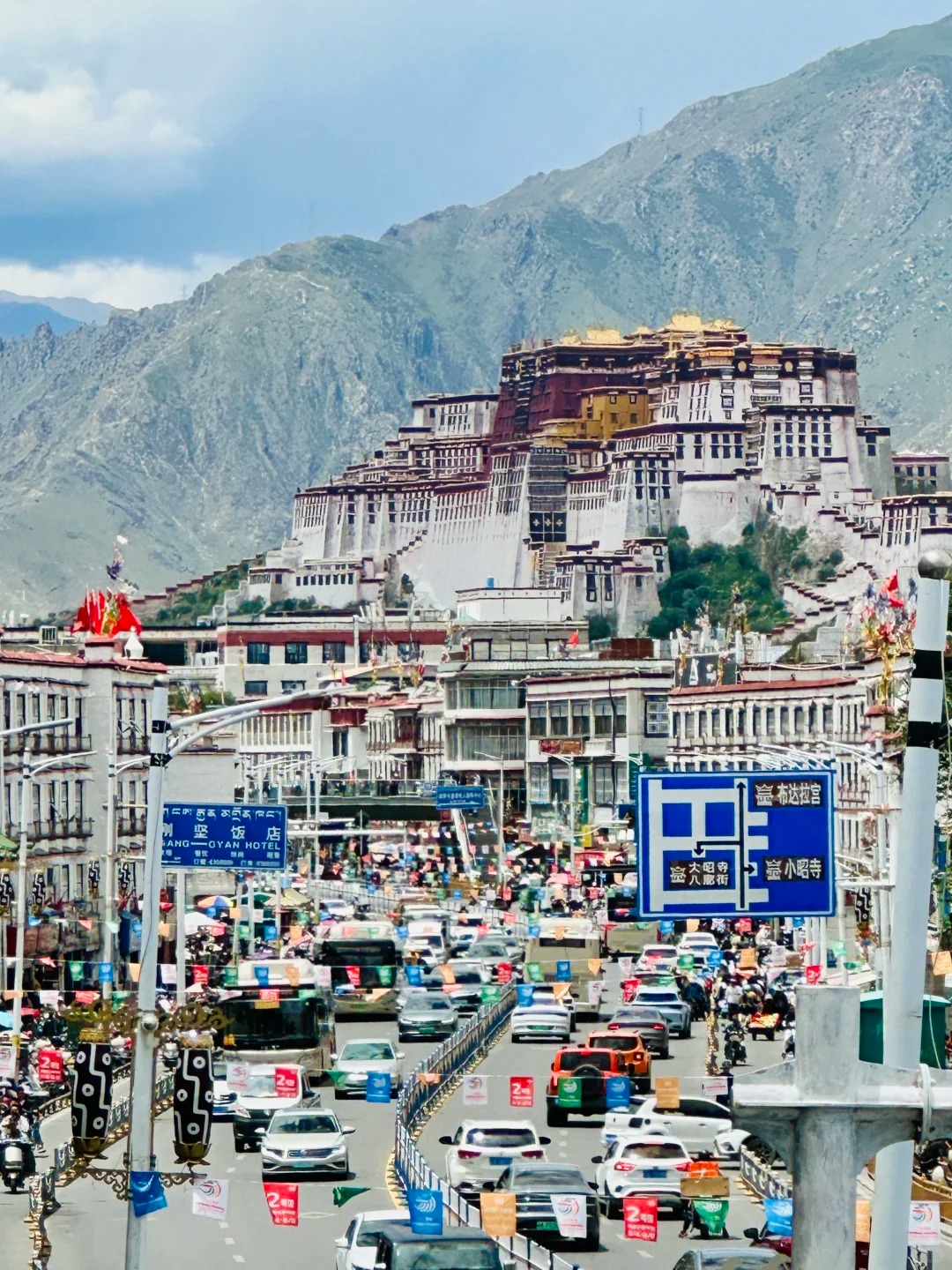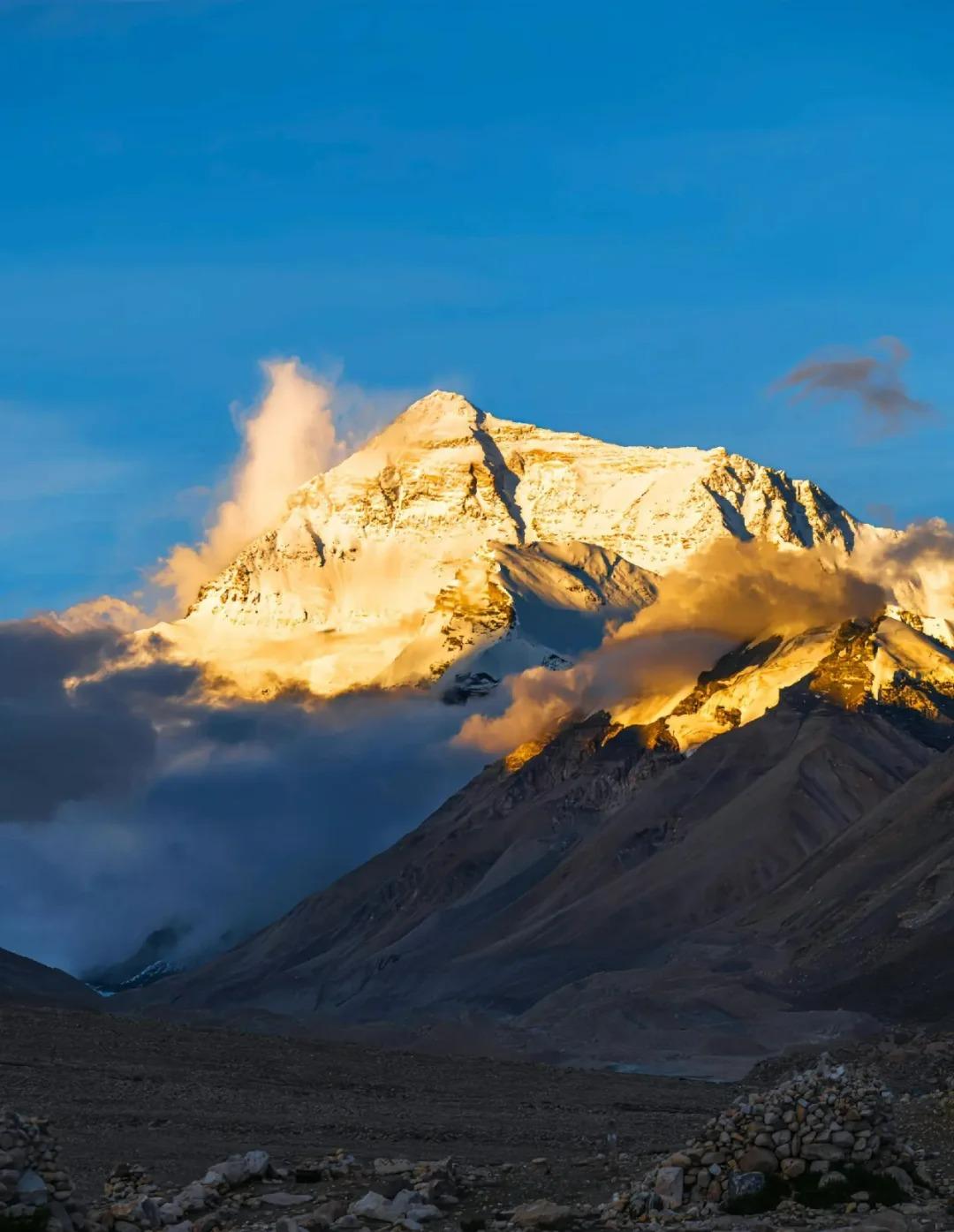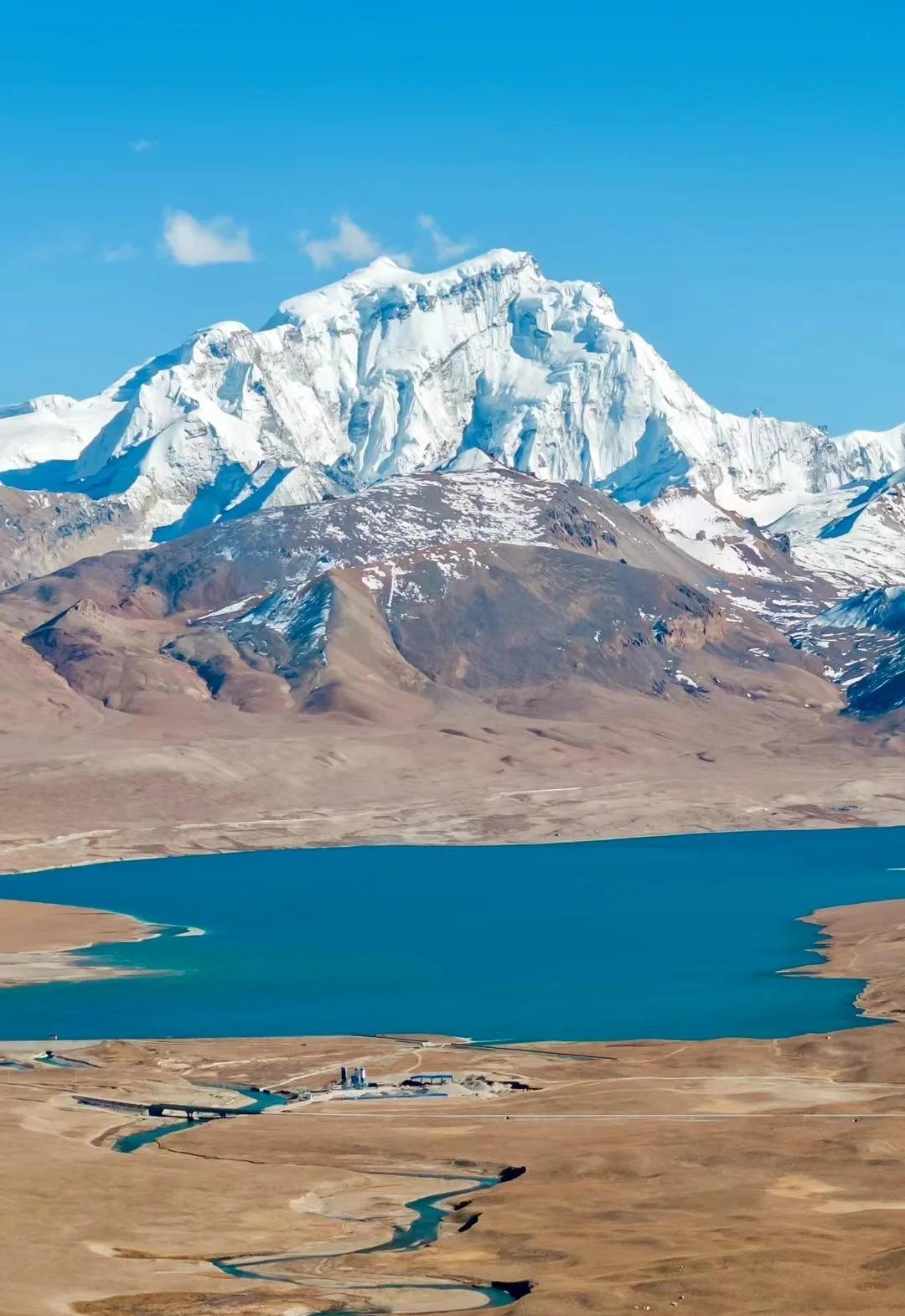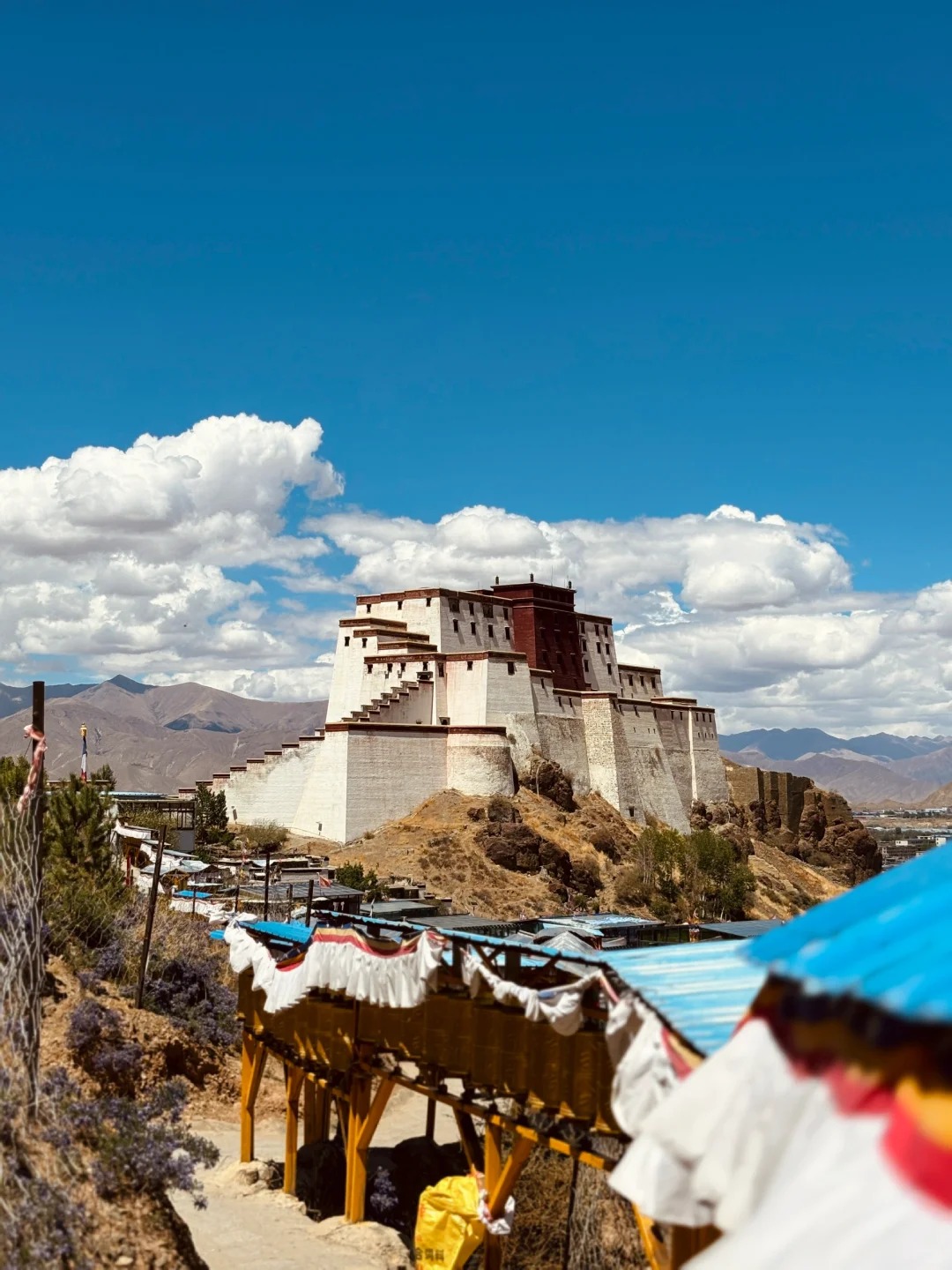Introduction to Shigatse
Nestled in the heart of the Tibetan Plateau, Shigatse stands as Tibet’s second-largest city and a pivotal point in Tibetan culture and history. Located about 280 km southwest of Lhasa, this ancient city sits at an elevation of 3,900 meters (12,800 feet), offering breathtaking views of the surrounding Himalayan landscape.
Shigatse, meaning “the estate that fulfills one’s wishes,” has been a center of political and religious power for centuries. Its strategic location along ancient trade routes has made it a melting pot of Tibetan culture, where tradition and modernity intertwine seamlessly.
As the traditional seat of the Panchen Lama, Shigatse holds immense spiritual significance for Tibetan Buddhists. The city serves as a gateway to some of Tibet’s most revered monasteries and natural wonders, including the path to Mount Everest Base Camp.

Tashilhunpo Monastery
The jewel in Shigatse’s crown is undoubtedly the Tashilhunpo Monastery. Founded in 1447 by the 1st Dalai Lama, it later became the seat of the Panchen Lama, the second most important spiritual leader in Tibet after the Dalai Lama.
Architectural Marvels and Religious Artifacts
- Maitreya Temple: Houses a 26.2-meter-tall statue of the future Buddha
- Kelsang Temple: Features exquisite murals depicting Tibetan history
- Golden Tomb of the 10th Panchen Lama: A stunning example of Tibetan craftsmanship
Visitors can witness daily prayer ceremonies and the intricate sand mandala creations by resident monks. When visiting, remember to dress modestly and follow local customs, such as moving clockwise around religious structures.

Other Religious and Historical Sites
While Tashilhunpo dominates Shigatse’s skyline, the city and its surroundings boast several other significant sites:
| Site | Description | Distance from Shigatse |
|---|---|---|
| Shigatse Dzong | Ancient fortress overlooking the city | Within city limits |
| Shalu Monastery | Known for its unique Chinese-Tibetan architecture | 20 km southeast |
| Sakya Monastery | Home to one of Tibet’s four major Buddhist sects | 160 km southwest |
These sites offer a glimpse into Tibet’s rich religious and cultural heritage, each with its own unique history and architectural style.

Natural Attractions Around Shigatse
Shigatse’s location makes it an ideal base for exploring the natural wonders of the Tibetan Plateau:
- Mount Everest Base Camp: A 5-hour drive from Shigatse, offering unparalleled views of the world’s highest peak.
- Yamdrok Lake: One of Tibet’s sacred lakes, known for its turquoise waters.
- Karola Glacier: A stunning example of Tibet’s high-altitude glaciers.
Photography enthusiasts will find endless opportunities to capture the raw beauty of the Tibetan landscape, from snow-capped peaks to vast grasslands.

Local Culture and Traditions
Shigatse offers a window into authentic Tibetan life. The bustling Tashilhunpo Kora (pilgrimage circuit) provides a glimpse of daily devotional practices. Local markets sell traditional Tibetan handicrafts, including intricate thangka paintings and handwoven carpets.
The Saga Dawa Festival, celebrating Buddha’s birth, enlightenment, and death, is a highlight of Shigatse’s cultural calendar. Held in late spring or early summer, it features colorful processions and religious ceremonies.
Practical Travel Information
- Access: Reachable by road from Lhasa (280 km) or by air via Shigatse Peace Airport.
- Accommodation: Options range from basic guesthouses to modern hotels.
- Altitude: Allow 1-2 days for acclimatization upon arrival.
- Best Time to Visit: April to October for milder weather and clear skies.
Remember that travel permits are required for foreign visitors to Tibet, and must be arranged through authorized tour operators.

Day Trips and Excursions from Shigatse
Shigatse serves as an excellent hub for exploring southern Tibet:
- Gyantse: Home to the impressive Kumbum Stupa, a 1.5-hour drive east.
- Sakya: Visit the imposing fortress-monastery, a 3-hour drive southwest.
- Rural Villages: Experience traditional Tibetan life in nearby farming communities.
For a comprehensive Tibetan experience, consider this itinerary:
- Day 1-2: Explore Shigatse and Tashilhunpo Monastery
- Day 3: Day trip to Gyantse
- Day 4-5: Excursion to Everest Base Camp
- Day 6: Return to Shigatse, visit local markets and smaller temples
Shigatse offers a perfect blend of spiritual discovery, cultural immersion, and natural beauty. Whether you’re drawn by its religious significance, stunning landscapes, or the warmth of its people, Shigatse promises an unforgettable Tibetan adventure.





